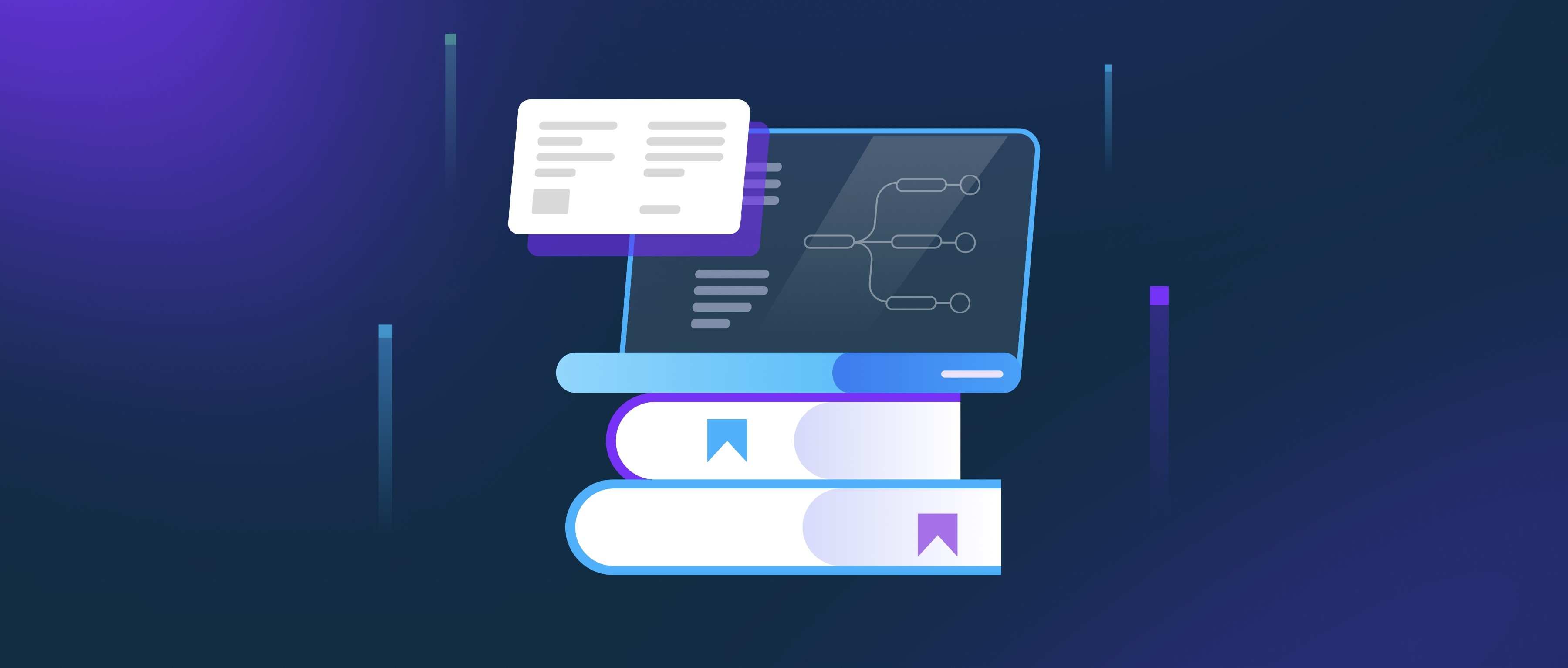Short-term and long-term forecasting are two distinct approaches used to predict future trends or outcomes based on available data. Short-term forecasting typically focuses on a time frame of days to months, while long-term forecasting can extend to years or decades. The primary difference lies in the scope and the data utilized; short-term forecasts often rely on recent data and trends, whereas long-term forecasts incorporate broader and more complex variables that may affect trends over a more extended period.
For example, a developer working on inventory management might use short-term forecasting to predict product demand for the upcoming month based on recent sales data. This forecast would involve analyzing current trends, seasonal patterns, and promotional activities. In contrast, if that same developer wants to plan for the next five years, they would be involved in long-term forecasting. This process might include market research, competitor analysis, and economic indicators to help identify potential shifts in consumer behavior or technology advancements that could impact demand.
In summary, both short-term and long-term forecasting serve essential roles, but they cater to different needs and use different methodologies. Short-term forecasting is typically more dynamic and reactive, providing actionable insights for ongoing operations. Long-term forecasting, however, focuses on strategic planning and resource allocation, helping organizations prepare for future challenges and opportunities. Understanding these differences can help developers and technical professionals implement the right forecasting approach for their specific goals and projects.
